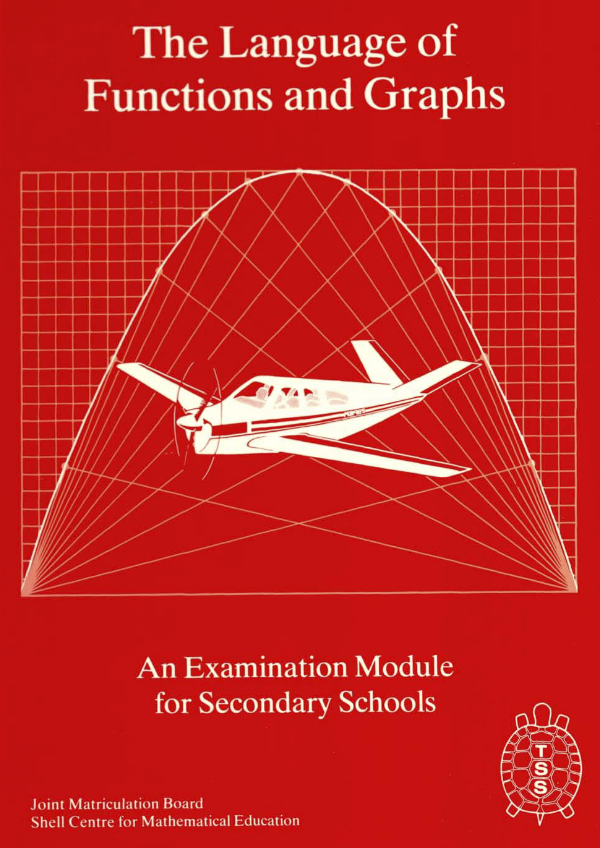30 Design Strategies and Tactics from 40 Years of Investigation
Appendix: Further information and examples
Control teachers' design load

Link to the materials
How much guidance should the design team give to teachers on handling the activity sequence in a lesson – or to the leader a professional development session?
The introduction to The Language of Functions and Graphs tackles this issue thus:
“As was emphasised earlier, all the teaching suggestions are offered in the recognition that every teacher will work in their classroom in their own individual way. The trials of the material established that teachers found it helpful to have explicit detailed suggestions which they could choose from and modify. All the material contained in this book has been used in a representative range of classrooms and has proved to be effective in developing the skills that are the concern of this module.”
Increasingly, we have urged teachers to “try it straight the first time or two”, minimizing the likelihood of ‘lethal variants’ that destroy the design intentions of the lesson. The guiding principle we have developed is to offer detailed guidance when the design team is better placed to advise than the typical user is to devise what to do.
There is, as usual, a design trade-off - do not go beyond what that user will, in practice, read - at least when they first use the materials.
Links to materials:
- TSS – The Language of Functions and Graphs
- https://www.mathshell.com/materials.php?series=tss&item=lfg
Other fine designers have described a different nightmare scenario:
“They look at the unit title and teach the topic as they always have done.”
Shell Centre projects have normally introduced important aspects of doing mathematics that have not been previously taught. So the ‘lethal variants’ are different and various, often arising because the teacher stays with familiar directive roles: e.g., short-circuiting ‘productive struggle’ by not allowing time and/or breaking a problem up into small pieces, or simply by rapidly re-teaching – the default strategy for many teachers which is more effective in getting correct answers than in improving understanding.